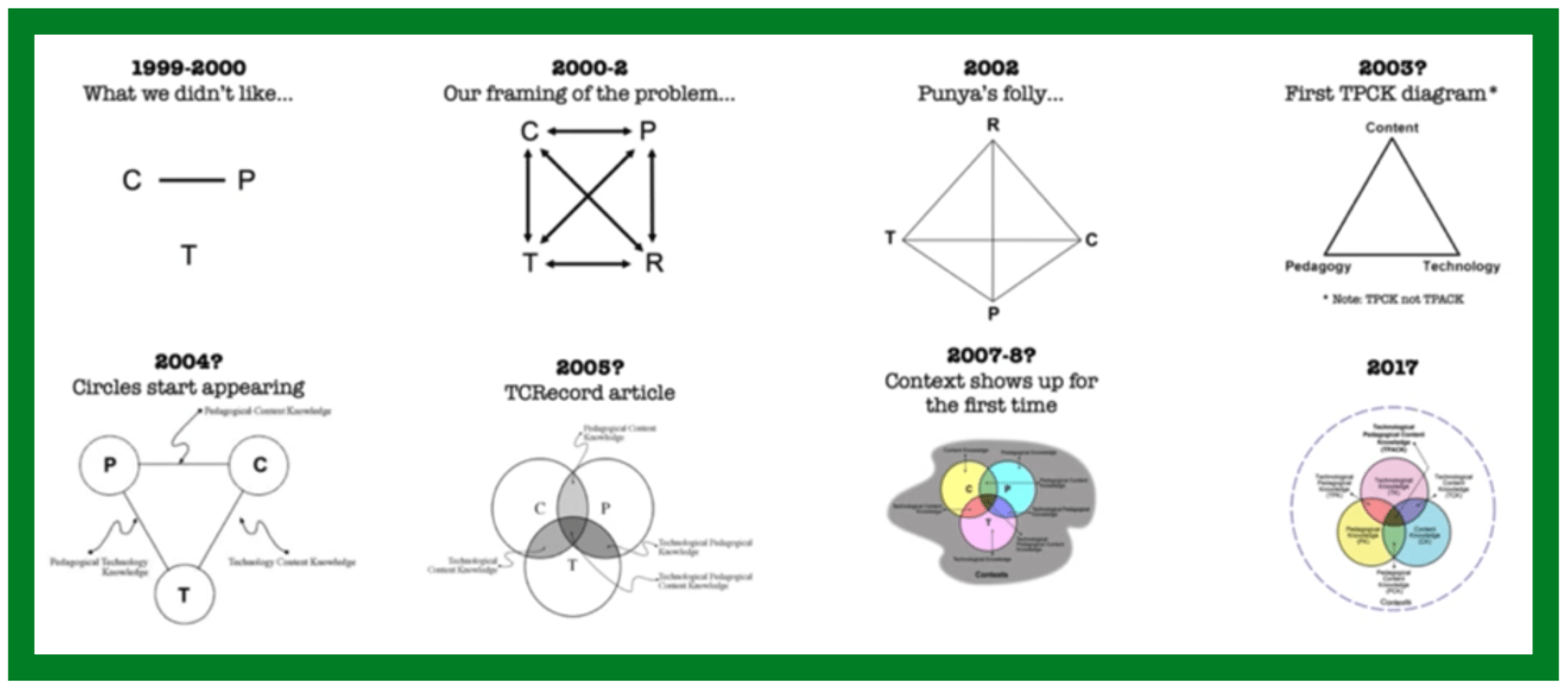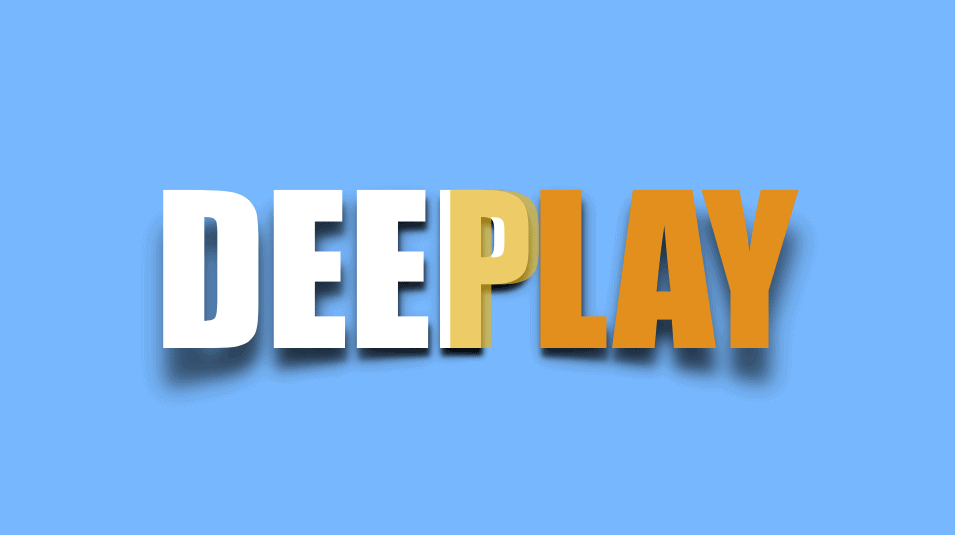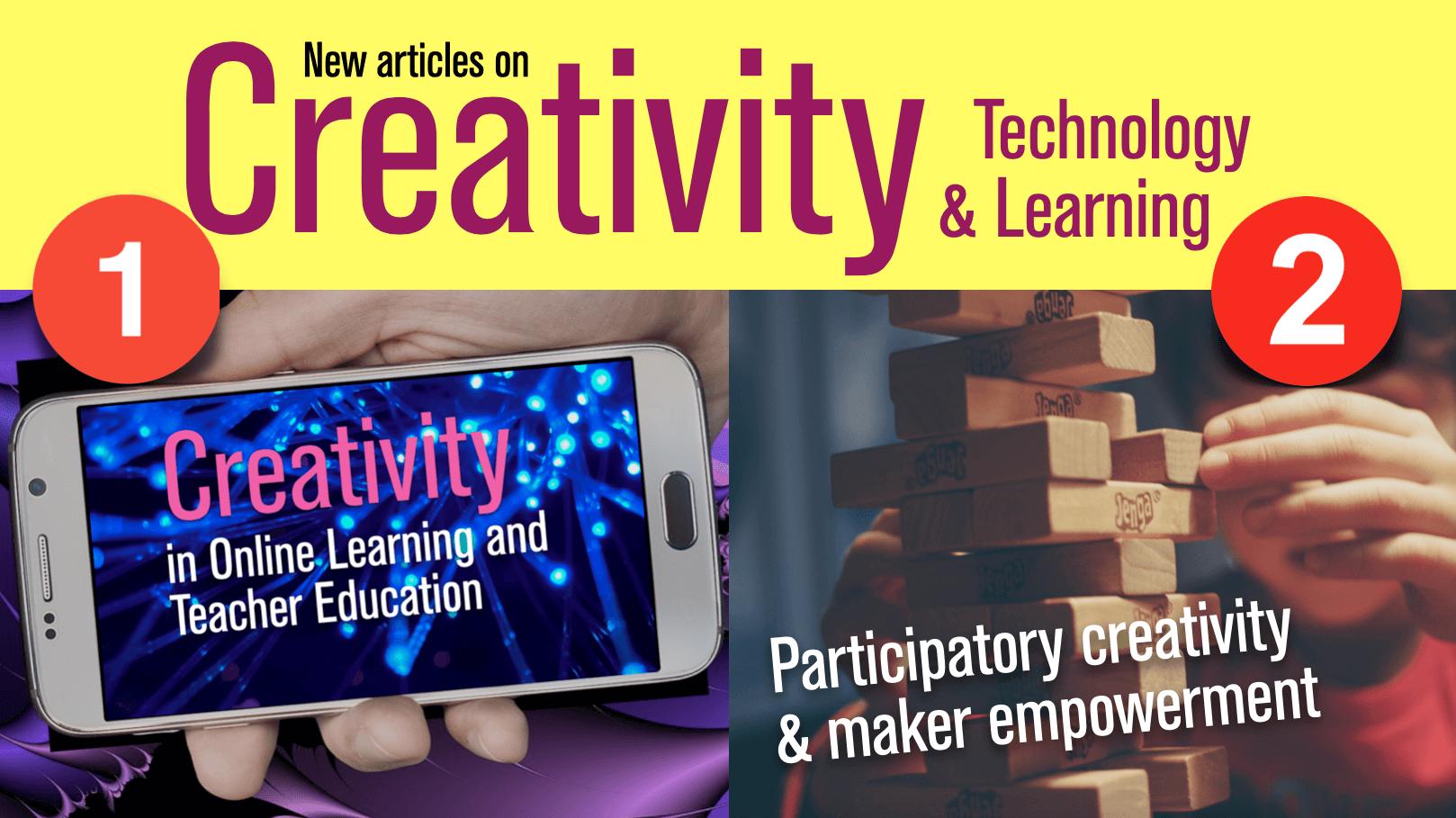I just found out that our next article in the series on Technology and Creativity is now published. You can find a link and the complete reference below. Written this time with Dr. Danah Henriksen, with help from the Deep-Play Research group, in this paper we extend our argument for trans-disciplinary learning by providing examples from the history of science. In essence we argue that
Most creative people do not view their work as confined to their discipline, but rather are inspired and elevated by connections within and between other disciplines. From science to art, from music to mathematics or literature, people who work creatively within their own discipline do so in ways that cut across disciplines (Catterall, 2002). We argue that examples such as these (and there are countless more that we could list here) have significant implications for how we approach teaching and learning. If we ignore these boundary-breaking ways of thinking – these personal, aesthetic connections to knowledge – we deny our students approaches that have worked for great thinkers, and prevent them from experiencing the true richness of thinking and learning (Pink, 2005).
We introduce the idea of in-disciplined learning, i.e. creativity happens in a discipline or context; while understanding that at the same time, it is “indisciplined” (cutting across disciplinary limits to emphasize divergent thinking and imagination).
Mishra, P., Henriksen, D. & The Deep-Play Research Group (2012). Rethinking Technology & Creativity in the 21st Century: On being (in)disciplined. TechTrends 56(6), 18-21.
Note: The Deep-Play Research Group consists of: Punya Mishra, Danah Henriksen, Kristen Kereluik, Laura Terry, Chris Fahnoe and Colin Terry.




0 Comments
Trackbacks/Pingbacks